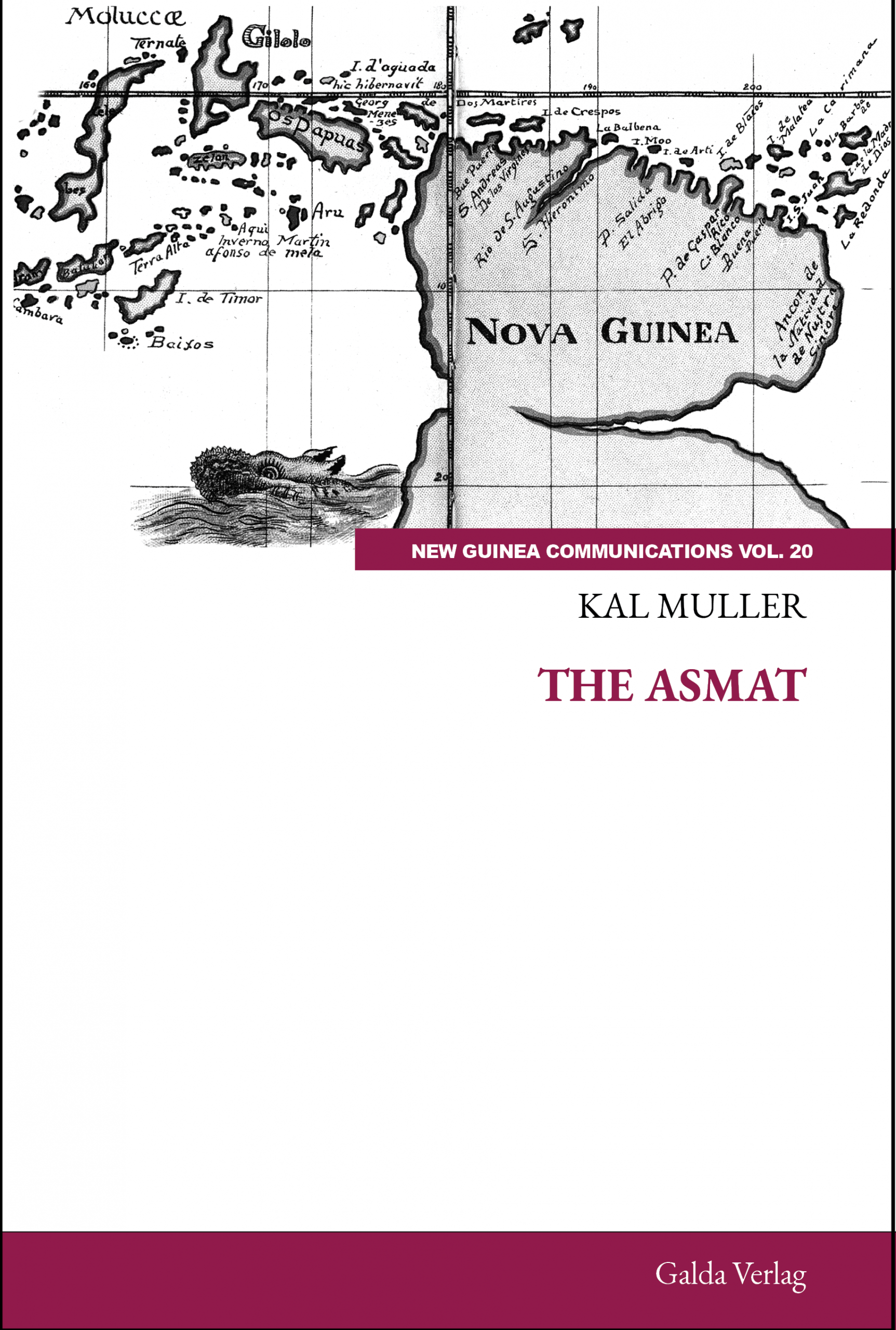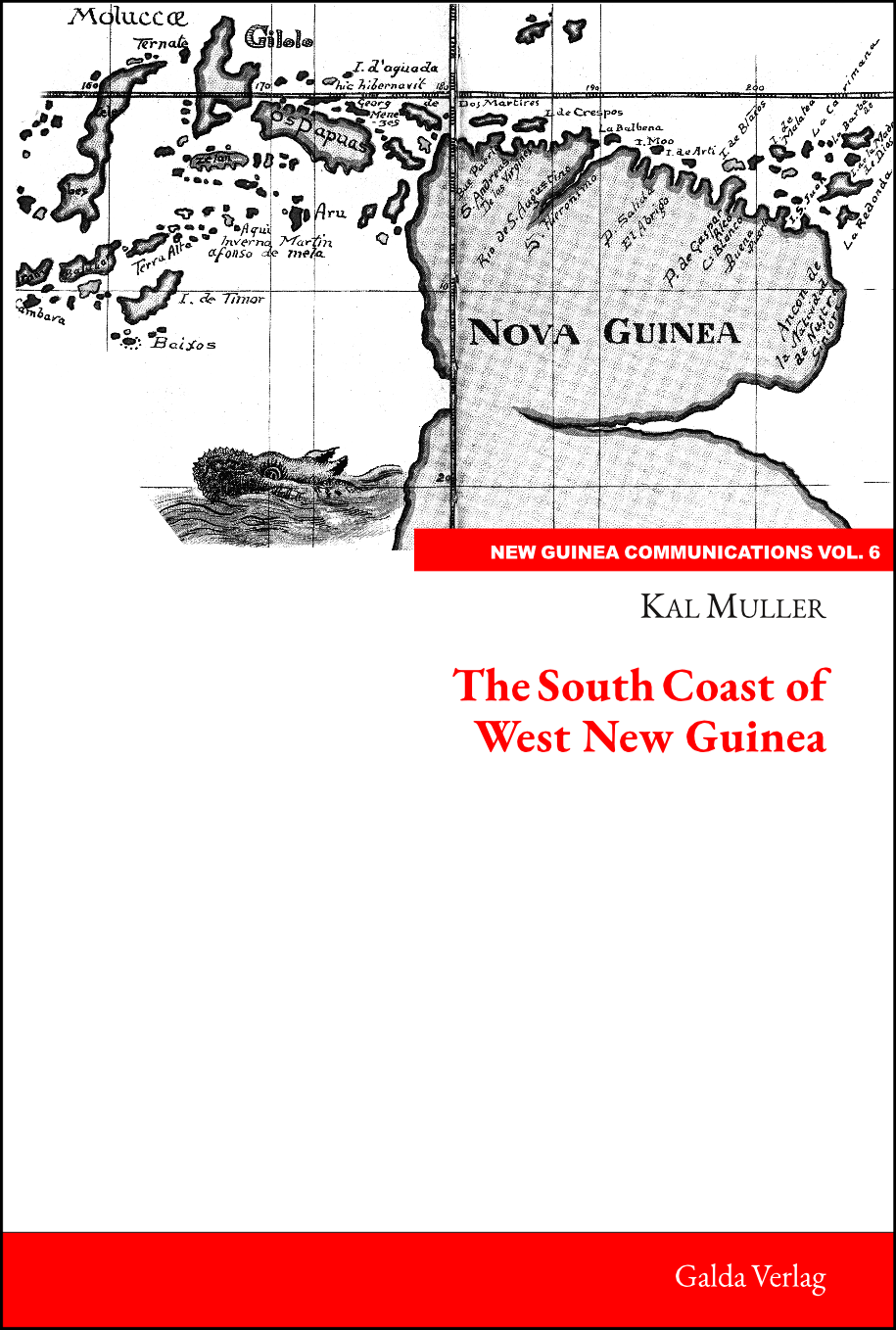The Asmat
The Asmat
| Author | |
|---|---|
| Series Title | |
| ISBN | |
| Publication Date | December 3, 2025 |
| Size | |
| No. of Pages | 182 |
| Binding | Paperback |
€58.00
The Asmat ethnolinguistic group was the last major culture in Indonesia to bow to outside influences. Traditionally, it was a culture that prized headhunting and widely practiced cannibalism. Today, the Asmat number some 110,000 people, considerably more than during the days of unrestricted warfare. They live in some 18,000 km2 of land on the south shore of West New Guinea (or West Papua) in what is now Indonesia. Their homeland consists of mangroves, tidal swamps, freshwater swamps, and lowland rainforest. They live along the north shore of the Arafura Sea and a considerable distance inland, aways next to rivers. Their dwellings are on piles due to the high tides that reach far in the flat inland.
The outside world was quickly attracted to the Asmat’s unique carvings. These consist of elaborate large wood carvings such as ‘bisj’ poles, designed to honor their ancestors. The many other art forms include elaborate shields, finely sculpted hourglass drums and large canoe prows often featuring the praying mantis, the headhunter symbol par excellence. Traditionally, the Asmat men were completely naked in all their activities, including warfare and carving. Many Asmat artifacts have been collected by the world’s museums, among the most notable of which are those found in the Michael C. Rockefeller Collection at the Metropolitan Museum of Art in New York City and the Tropenmuseum in Amsterdam. Asmat art is widely displayed in major Western museums. Despite the difficulty in visiting the remote region to collect work, the “exceptionally expressive” art “caused a sensation in art-collecting circles” which led to large-scale collecting expeditions in the post-WW II era. In this book we cover the Asmat in nine chapters with a strong emphasis on their artistic carvings. A chapter is devoted to the diary of Michael Rockefeller who disappeared while collecting art in the Asmat area.
| Author | |
|---|---|
| Series Title | |
| ISBN | |
| Publication Date | December 3, 2025 |
| Size | |
| No. of Pages | 182 |
| Binding | Paperback |
About the Author
Dr Muller spent 22 years working and living with two Papuan groups, allowing him access to excellent relations with not just the people but also prominent academics and scientists and their resources.
Table of Contents
CONTENTS
1 Introduction
• Shared origins
• Stone axes and ancestors
• Hunger for metal
• First contacts with the outside world
• Capt. Cook’s visit
• Ceramese traders
• Early developments
• Military explorations
• Collections
• Kokonau Post
• Lord Moyne’s Walkabout
• The Asmat and the Dutch colony 1938-1962
• Michael Rockefeller disappears
2 Michael Rockefeller’s Diary 23
3 Asmat Carvings 35
• World Class traditional carvings
• Woodcarving and the spirits
• Style regions and objects
• Monumental carvings
• Useful objects
• Art in transition (371)
• Evolution in Asmat art (3.449) …
• Recorded Asmat history
• Establishing the first Dutch government post in the
Asmat area
• Enlightened Missionaries: The Roman Catholics
• Protestants in the Asmat area
• Indonesian Government Bans Much of Asmat
Culture
• Asmat Sketchbooks Chronology
4 Sowada Art in Trans 63
5 Asmat Sketchbooks 71
• An Asmat Sketchbook No. 1
• An Asmat Sketchbook No. 2
• An Asmat Sketchbook No. 3
• An Asmat Sketchbook No. 4
• An Asmat Sketchbook No. 5a & 5b
• An Asmat Sketchbook No. 6
• An Asmat Sketchbook No. 7
• An Asmat Sketchbook No. 8
6 A. Gerbrands 1967 Wow-Ipits Carvers 101
• Gerbrands’ initiation
• An utterly stoneless region
• Amanamkai Village
• Contacts with the outside world
• Rebuilding the jew
• Fumeripits
• The Asmat woodcarver
• The Asmat woodcarver
• The carver Matjemos
7 Tobias Schneebaum Introduction 115
8 Robert Mitton: The Lost World of Irian Jaya
was Published in 1983 127
• Mitton’s description of the Asmat lands
• The Lower Asmat: The Casuarina Coast
• Ti: The Upper Asmat
• Agats
• The Sawa Area
• Asmat death and mourning
• Feasts and Drums
• Asmat art in the Sawa Area
9 Eyde Dissertation And Father Zegwaard 141
• Aman-Namkaj —Weapons
• Methods of Fighting
• The Headhunting Ceremonial Cycle
• Motivation
• Military History of Aman-Namkaj
• Other Asmat Groups
• The Casuarina Coast
• Appendix I by Father Zegwaard
• Feuding
• Warfare
• Conclusion
• Final Remarks
BIBLIOGRAPHY 163








